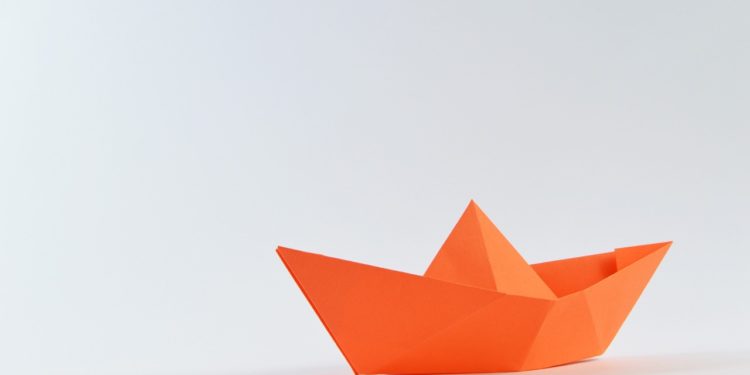It’s mostly agreed upon that paper was invented in around 105 A.D. in China. It is also true that the Japanese were the first culture that discovered that paper could be used for more than just writing on. This article is going to give a brief history of paper folding and outline where exactly it and the term “origami” came from.
It’s believed that paper folding was first recognised in Europe around the 12th century and first showed up in Spain. Some state that the art of paper folding evolved from napkin folding, an art that was popular in the 17th century.
Origami in China
By 900AD, folded paper ‘nuggets’ were a staple at all traditional Chinese funerals. These were created by folding gold or yellow paper into ingot currency, and they were made specifically to be thrown into fires at the end of funeral ceremonies.
Although paper folding became more of a common practice in later years, there is a difference between Japanese origami and Chinese paper folding. Chinese paper folding is more concerned with creating inanimate objects like boxes whereas Japanese and modern origami has always been about creating animals and flowers.
What is origami?
The following definition from Joseph Wu gives a simple but thorough understanding of Origami:
“Origami is a form of visual/sculptural representation that is defined primarily by the folding of the medium (usually paper).”
The word origami itself stems from the Japanese oru ‘to fold’ and kami, meaning paper.
The first book on origami
The first book on origami was published in 1764 and was called Tsutsumi-no-Ki. It held instructions on folding noshi and tsutsumi.
The first leisure origami book was Hidden Senbazaru Orikata (The Secret Techniques of Thousand Crane Folding). It was published in 1797 and was full of basic diagrams on how to recreate a wide range of paper cranes.
European influences
The folding patterns in Europe are more focused on 45-degree folds which are more geometric in appearance than the smaller degree folds typically used in Japan. Because of this, paper folding has been a popular way of teaching geometry within Europe for many years.
Modern origami forms
In modern times, origami usually involves a single piece of paper to create the shape of an animal or flower without using glue or scissors. There are even paper folding machines – however, this hasn’t always been the way of things. There are lots of methods that do involve cutting and some involve combining several sheets of paper together.
Unit origami uses several folded shapes to form a large construction, while something known as wet folding allows curved shapes to be created. There’s even such a thing as action origami which, perhaps unsurprisingly, creates toy-like shapes such as jumping frogs – very popular with children of all ages.
As you can see, there are lots of different types of origami and there isn’t a ‘right way’ to do it, so to speak. Most contemporary origami artists are inspired by and create works similar to that of traditional origami artists, often using the same techniques and styles.











































































